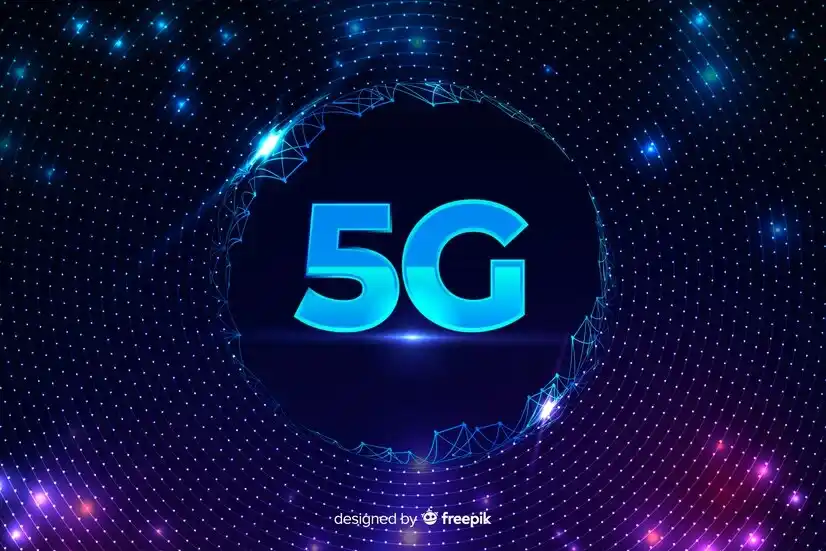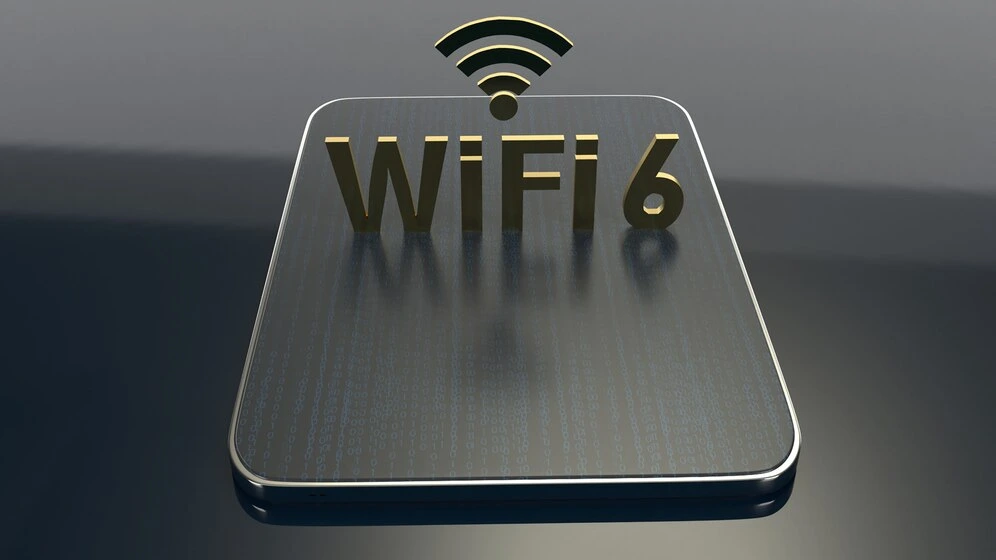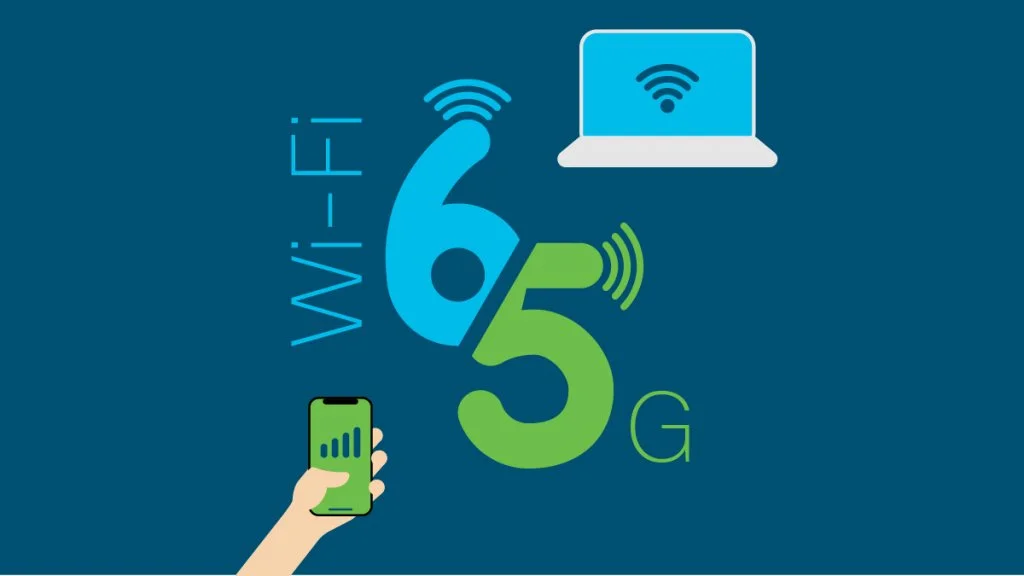Introduction
As wireless technologies evolve to meet the growing demands of our digital world, two key innovations have emerged as game changers: 5G and WiFi 6.
These next-generation technologies promise to revolutionize how we connect, communicate, and consume data. While they aim to provide ultra-fast and reliable connectivity, their design, applications, and implementation differ significantly.
This guide comprehensively examines the technical foundations, capabilities, and use cases of 5G and WiFi 6, offering detailed insights to help you navigate the ever-changing wireless communication landscape.
What is 5G?

5G, the fifth generation of cellular technology, is designed to deliver unprecedented speed, reliability, and capacity. It operates across three main frequency spectrums:
- Low-band (Sub-1GHz): Offers wide coverage but limited speed, ideal for rural areas.
- Mid-band (1-6GHz): Balances speed and coverage, commonly deployed in urban and suburban areas.
- High-band (Millimeter Wave or mmWave): This technology delivers ultra-high speeds but with limited range, making it perfect for densely populated urban environments.
Key Features of 5G:
- Ultra-Low Latency: With response times as low as 1 ms, 5G supports real-time applications such as AR/VR and autonomous vehicles.
- Massive IoT Support: 5G is built to handle up to 1 million devices per square kilometer, enabling smart cities and industrial automation.
- High Speed: Peak download speeds can exceed 10Gbps in optimal conditions.
5G’s network infrastructure relies on advanced technologies like beamforming and small cells, ensuring consistent performance even in challenging environments.
What is WiFi 6?

WiFi 6, officially recognized as IEEE 802.11ax, is the latest evolution of WiFi standards. It focuses on improving performance in dense environments and the efficiency of modern connected ecosystems.
Key Features of WiFi 6:
- OFDMA (Orthogonal Frequency-Division Multiple Access): Increases efficiency by allowing multiple devices to share channels simultaneously.
- MU-MIMO (Multiuser, Multiple Input, Multiple Output): This technology enables routers to communicate with multiple devices simultaneously, boosting throughput.
- Target Wake Time (TWT): Extends battery life for IoT devices by scheduling communications.
- Extended Frequency Range: With WiFi 6E, an additional 6GHz band is introduced, reducing congestion and improving speed.
WiFi 6 excels in indoor environments like homes, offices, and public venues, where multiple devices require stable, high-speed connectivity.
Speed and Latency: A Head-to-Head Comparison
Speed
- 5G: Capable of delivering speeds over 10Gbps under ideal conditions, making it the fastest cellular technology to date. However, real-world speeds depend on infrastructure, spectrum availability, and network congestion.
- WiFi 6: Offers maximum theoretical speeds of 9.6Gbps. In real-world scenarios, speeds vary based on router quality, device compatibility, and interference.
Latency
- 5G: Excels with latency as low as 1 ms, ideal for time-sensitive applications like online gaming, AR/VR, and industrial automation.
- WiFi 6: Typically provides a latency of around 10ms, which is sufficient for most consumer and business applications but less suitable for real-time tasks.
Coverage and Capacity
Coverage
- 5G: Designed for large-scale, outdoor coverage. Its range varies by frequency band:
- Low-band provides broad coverage with slower speeds.
- Mid-band offers a balance of range and performance.
- High-band delivers exceptional speed but is limited to short distances.
- WiFi 6: Optimized for indoor environments, with coverage dependent on router placement and interference from walls and other obstacles.
Capacity
- 5G: Supports massive device density, making it a key enabler for IoT applications in smart cities and industrial settings.
- WiFi 6: Designed for high-density environments like stadiums, offices, and smart homes, it allows multiple devices to compete for bandwidth.
Deployment and Accessibility
5G Deployment
5G networks require significant infrastructure investment, including small cells, fiber backhaul, and advanced antennas. Deployment is ongoing globally, with varying availability across regions. Devices must be 5G-compatible to access the network.
WiFi 6 Deployment
WiFi 6 adoption is more straightforward, requiring an upgrade to compatible routers and devices. Since it operates on unlicensed frequency bands, deployment costs are relatively low compared to 5G.
Security: How Do They Compare?
5G Security
5G incorporates advanced security features, such as:
- Subscription Concealed Identifiers (SUCI): Protects user identities.
- Enhanced Encryption: Safeguards data transmissions.
Despite these advancements, concerns remain about vulnerabilities related to its expansive and complex network architecture.
WiFi 6 Security
WiFi 6 utilizes WPA3 encryption, offering robust protection against common cyber threats like unauthorized access and data breaches. However, security largely depends on proper configuration and user practices.
Read Also:
Use Cases: When to Choose 5G or WiFi 6
5G Use Cases
- Mobile internet for travelers and remote workers.
- AR/VR applications in gaming, healthcare, and training.
- Autonomous vehicles and smart transportation.
- Emergency services require immediate and reliable connectivity.
WiFi 6 Use Cases
- Smart homes with multiple connected devices.
- Offices and co-working spaces with high device density.
- Schools and universities using online learning platforms.
- Public venues like stadiums and airports where bandwidth is shared among large crowds.
Read Also: What is 10.10.0.1 Piso WiFi Pause Time and How to Use It?
Visual Comparison Table
| Feature | 5G | WiFi 6 |
|---|---|---|
| Technology Type | Cellular Network | Local Area Network |
| Frequency Bands | Low, Mid, High | 2.4GHz, 5GHz, 6GHz |
| Speed | 10Gbps+ | 9.6Gbps |
| Latency | 1ms | 10ms |
| Coverage | Wide/Outdoor | Indoor |
| Best Use Case | IoT, AR/VR | Smart Homes/Offices |
Read Also: The Best iPad Apps for Students in 2025
Conclusion
5G and WiFi 6 are not competitors but complementary technologies. 5G excels in outdoor and mobile environments, while WiFi 6 dominates indoor, high-density scenarios.
Together, they form the backbone of a connected future, enabling seamless transitions between networks.
As these technologies evolve, their integration will unlock new possibilities, from smart cities and IoT innovations to immersive digital experiences.
The choice ultimately depends on your needs— high-speed mobile connectivity or reliable indoor performance.



